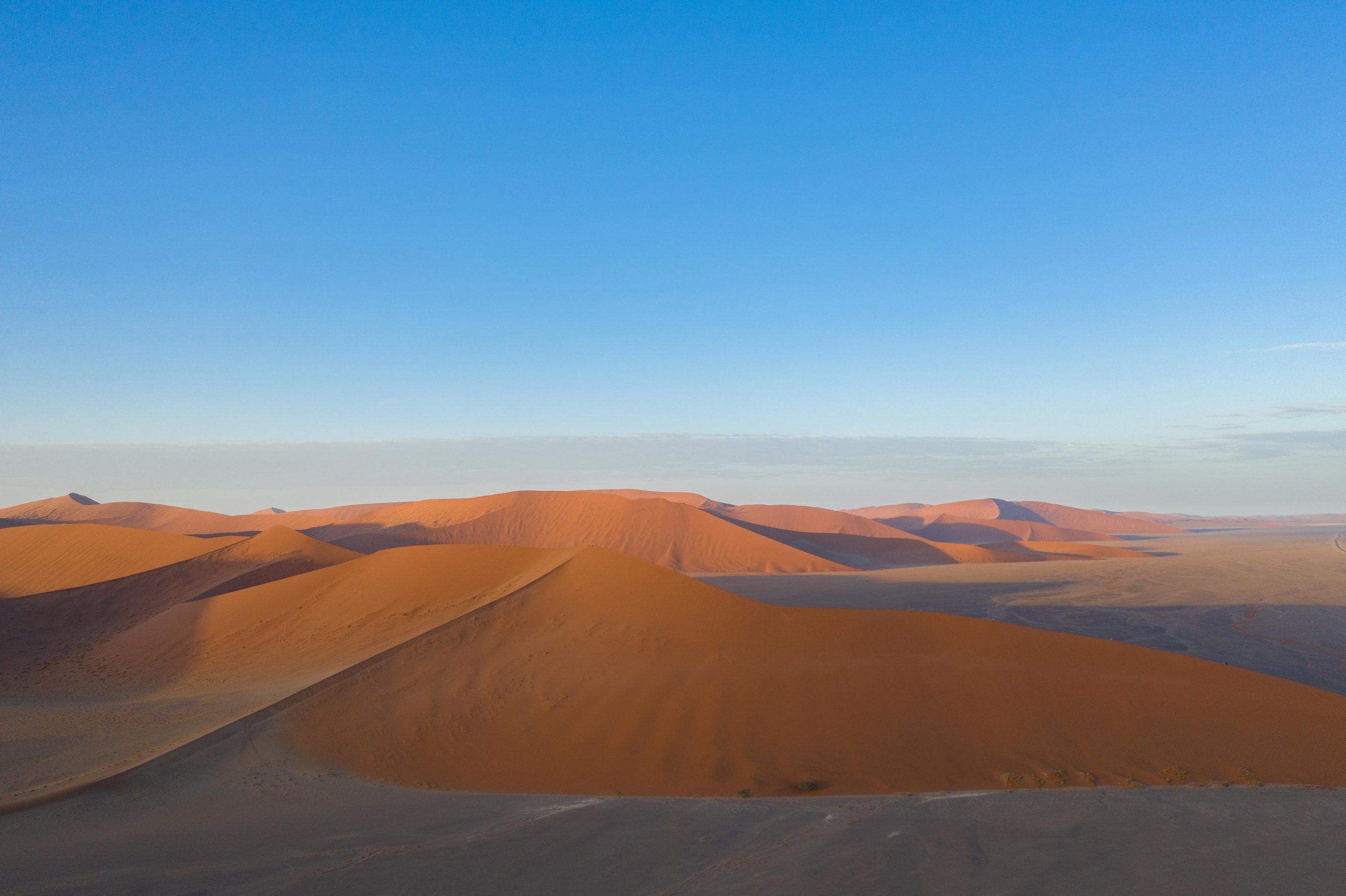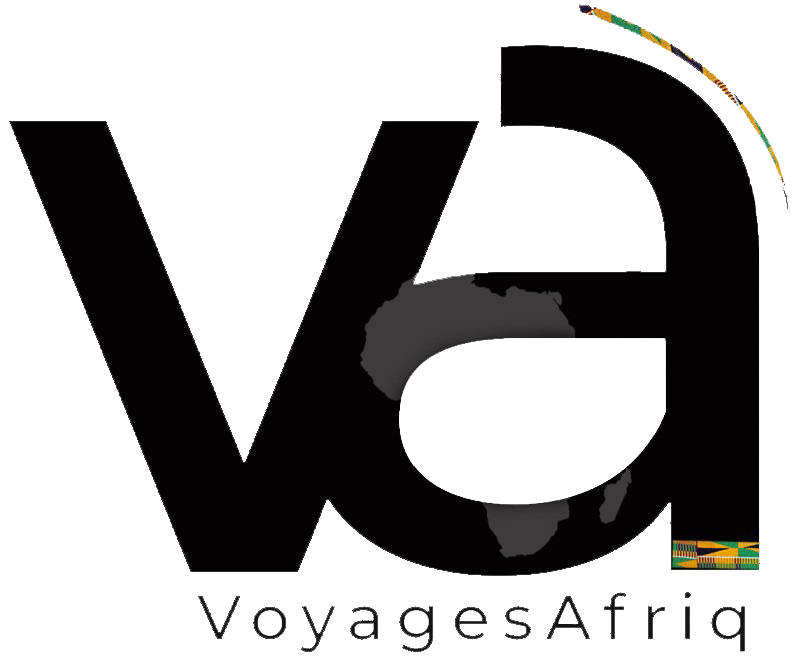Namibia, a country in southwest Africa, is distinguished by the Namib Desert along its Atlantic Ocean coast. The country is home to diverse wildlife, including a significant cheetah population. The capital, Windhoek, and coastal town Swakopmund contain German colonial-era buildings such as Windhoek’s Christuskirche, built in 1907. In the north, Etosha National Park’s salt pan draws game including rhinos and giraffes.

The Southern Africa country always leaves its visitors with some panache and awe that many have always promised to come back and never to return. It’s indeed Africa’s best kept secret.
Namibia is one of the most fascinating and diverse countries in the world and Africa’s hidden gem. The country is famous for some of the most magnificent dunes in the world at Sossusvlei and for the Etosha National Park, one of the world’s greatest conservation areas.
Namibia offers space, silence and the chance to really get away from it all: it’s the second least densely populated country on the planet, with only two people per square kilometre. You can drive for hours under huge blue skies without seeing another car, surrounded by landscapes so vast and empty that at times you feel like you’re on the edge of the planet. In an overpopulated world, there aren’t many places left where you can immerse yourself as deeply in remote wilderness areas as in Namibia.
Namibia is home to the second-largest canyon in the world, the mighty Fish River Canyon in the south which is breathtaking and a place of discovery and wonders, the roaring of the Epupa Falls in the far north of the country as the Kunene River come down from Angola to create one of the most amazing waterfalls. Epupa Falls is one of those many waterfalls that can leave you wanting for more.
Fish River Canyon – The world’s second largest canyon The Fish River Canyon is the second largest canyon worldwide after the Grand Canyon in the USA. The Canyon forms part of the state-run Ais-Ais Richtersveld.
The Fish River Canyon is located in the south of Namibia. It is the largest canyon in Africa, as well as the second most visited tourist attraction in Namibia. It features a gigantic ravine, in total about 100 miles (160 km) long, up to 27 km wide and in places almost 550 meters deep.
The Fish River is the longest interior river in Namibia. It cuts deep into the plateau which is today dry, stony and sparsely covered with hardy drought-resistant plants. The river flows intermittently, usually flooding in late summer; the rest of the year it becomes a chain of long narrow pools. At the lower end of the Fish River Canyon, the hot springs resort of Ai-Ais is situated.
The landscape around the western side of the canyon is vast, empty and ancient. Perfect for both solitude and adventure. Explore the canyon and its surroundings by foot, safari vehicle or mountain bike and experience the drama
of this 500-million-year-old geological wonder. The unique landscape has provided inspiration to many visitors who have come to Namibia as a-must-place to come and visit.
Epupa Falls (also known as Monte Negro Falls in Angola) is a series of large waterfalls created by the Cunene River on the border of Angola and Namibia, in the Kaokoland area of the Kunene Region. The river is about 0.5 kilometres (1,600 ft) wide in this area and drops in a series of waterfalls across a length of 1.5 kilometres (0.93 mi), with the greatest single drop being 37 metres (121 ft) in height.
One can reach Epupa Falls from Opuwo via a normal road or a four-wheel drive vehicle which is recommended from
Swartbooi drift, Epupa Falls is Namibia’s major attraction in the regions because of the largely unspoiled environment, with fig trees, baobabs, Makalani palms, and colored rock walls framing the falls.
The Himba (singular: OmuHimba, plural: OvaHimba) are indigenous people with an estimated population of about 50,000 living in northern Namibia, in the Kunene Region (formerly Kaokoland) and on the other side of the Kunene River in southern Angola. There are also a few groups left of the OvaTwa, who are also OvaHimba, but are hunter-gatherers. However, the OvaHimba do not like to be associated with OvaTwa. Culturally distinguishable from the Herero people, the OvaHimba are a seminomadic, pastoralist people and speak OtjiHimba, a variety of Herero, which belongs to the Bantu family within Niger-Congo. The OvaHimba are semi-nomadic as they have base homesteads where crops are cultivated but may have to move within the year depending on rainfall and where there is access to water.
The OvaHimba are considered the last (semi-) nomadic people of Namibia.
Desert
Desert-dwelling adapted elephants are not a distinct species of elephant but are African bush elephants that have made
their homes in the Namib and Sahara deserts in Africa. It was believed at one time that they were a sub species of the African bush elephant, but this is no longer thought to be the case.
The Kunene Region in the northwest of Namibia is an area of mostly sandy desert, rocky mountains and stony plains
which covers about 115,154 square kilometres (44,461 sq mi). Elephants have traditionally lived in this area and in the earlier part of the 20th century there were about 3,000 in the Kunene Region.
In the Hoanib River area, male elephants have tusks, but about a third of the female elephants, there are tuskless. Adult bull desert elephants are usually solitary and roam over large areas. One was recorded as travelling between the Skeleton Coast National Park and the Etosha National Park in a few months. Other bulls have occasionally moved into the area from better-watered regions to the east.
There lies in Namibia, a world of wonders and a great adventure for anyone who is seeking to explore Africa for the first time or rediscover the continent as the world continues to battle Coronavirus.


